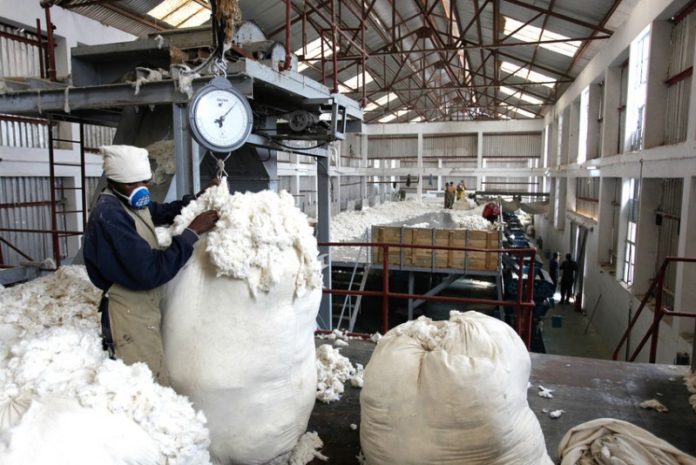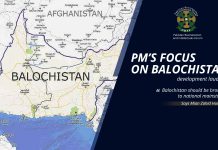
Feb 11, 2016
Pakistan Businessmen and Intellectuals Forum (PBIF) on Thursday said low cotton output is hurting millions of families in farming communities and it will drag exports and GDP down.
Country will miss the target of cotton production by 4.6 million bales necessitating imports worth four billion dollars to keep textile industry running which will hit balance of payment situation and forex reserves, it said.
The cotton group, backbone of the economy hold 8.5 percent share in GDP, fetches 12 billion through exports while provide jobs to 40 percent of the labour which needs immediate attention of the government, said Mian Zahid Hussain, President PBIF, AKIA and First Vice Chairman of the Businessmen Panel.
The situation shouldn’t be allowed to take toll on sliding exports and drag down GDP by one percent minimum, he said adding that reasons behind the low cotton output include sudden and unpredictable rains, draught in some areas, low cotton prices and hike in prices of inputs by 15-20 percent and use of substandard seed which has discouraged farmers.
He said that the sowing target of cotton was also missed as it was planted on 2.946 million hectares against the target of 3.122 million hectares which can result in disastrous consequences if the trend continued in future.
Mian Zahid Hussain lashed out authorities who discounted local wisdom to promote so called genetically modified seed terming it pest resistant which proved otherwise.
The imported seed failed to withstand pink bollworm and whitefly attacks while sprays and medicine to tackle the pests were not available in the market which played havoc with the crop.
Calling immediate action, he said that delay can hurt the economy very badly while country may not remain the fourth largest producer of the cotton.
Cotton group is backbone of the country’s economy but for the last few years’ cotton production has declined due to apathy of authorities, substandard seeds, fake pesticides, droughts, floods, and erratic weather patterns. 
















